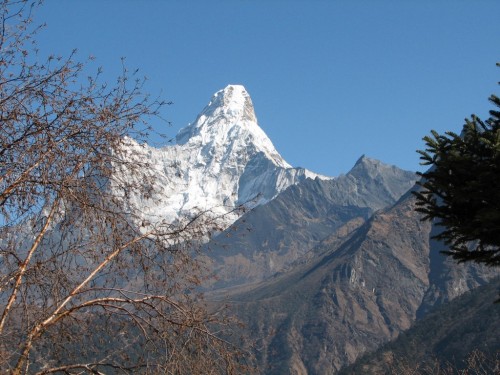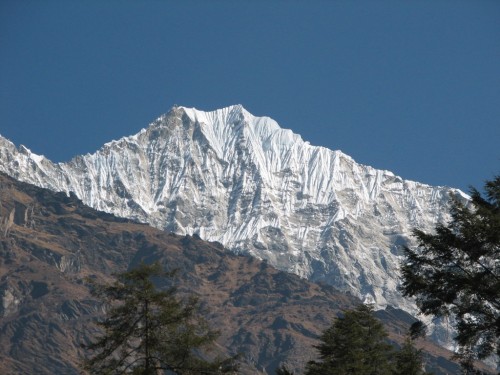Writing a novel: a writer’s journal part 25
What I am reading: photographic books on Nepal.
As a part of my research for background information for my children’s novel, I have been on a few visits to my local public library. Their collection of titles on Nepal is not great, but I did find several interesting titles. Two of these I mention here. Both could be categorised as coffee table style photographic essays. Both had minimal text which was more than compensated for by the brilliant photography. Most people would have found them extremely interesting just from a pictorial point of view. All of the photographs would have found a very comfortable home in publications such as National Geographic.
As an armchair traveller I enjoy the intriguing journeys of Michael Palin. He has an eye-probably two of them actually-for the bizarre, the amusing, the absurd and the downright confronting. This comes through in the various television travel series he has anchored over the years. Inside Himalaya is the spin-off book version of his television series Himalaya. The text in the book is sparse and as such was not of much help to me in my research. Despite that, I still enjoyed the sheer beauty of the photographs.
Pierre Toutain’s book Nepal is very similar. A little more than half the size of the Palin book, it matches it in the beauty of the photography. Palin’s book covers Pakistan, Tibet, Bhutan and Bangladesh in addition to Nepal, while Toutain’s book is totally focused on Nepal and as such, was more useful to me. It also has much more in the way of text (written by Michel Gotin). The text was far more informative and useful for my purposes.
My reading of these two beautiful books had one unfortunate side effect: I have a heightened desire to return someday soon the enigmatic and beautiful roof of the world, Nepal. I must get my novel finished, off to a publisher, accepted, published and then return on the proceeds from my writing. (I can dream, can’t I?)
References:
- Palin, M, Pao, B 2004, Inside Himalaya, Weidenfeld and Nicolson, London.
- Toutain, P, Gotin, M 1986, Nepal, Merehurst Press, London.
Further reading:
- My travels in Nepal – archive from my travel blog
- Writing a novel – more articles in the series about how I went about writing a novel.



